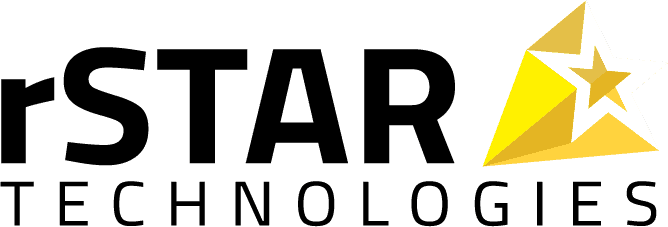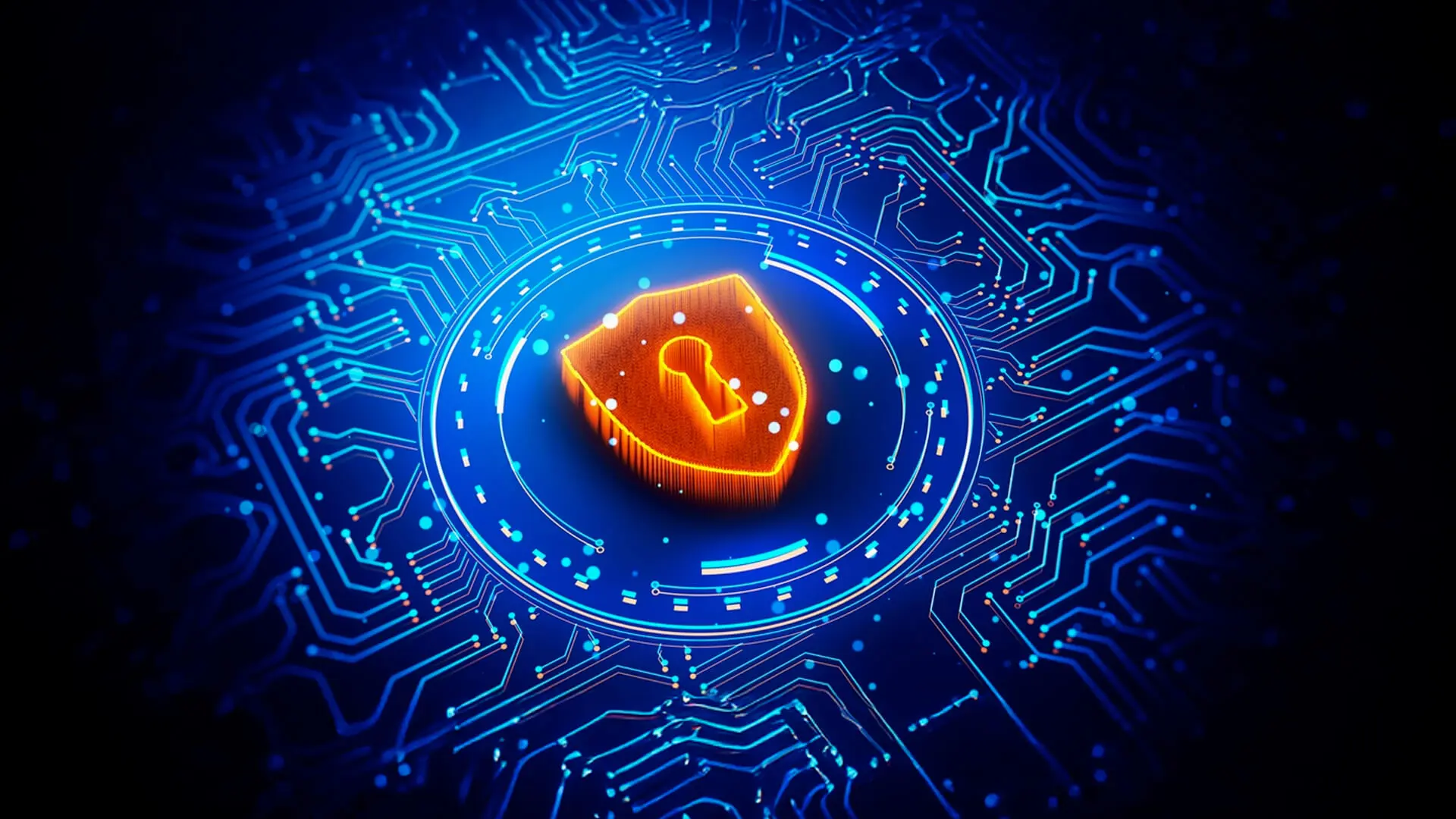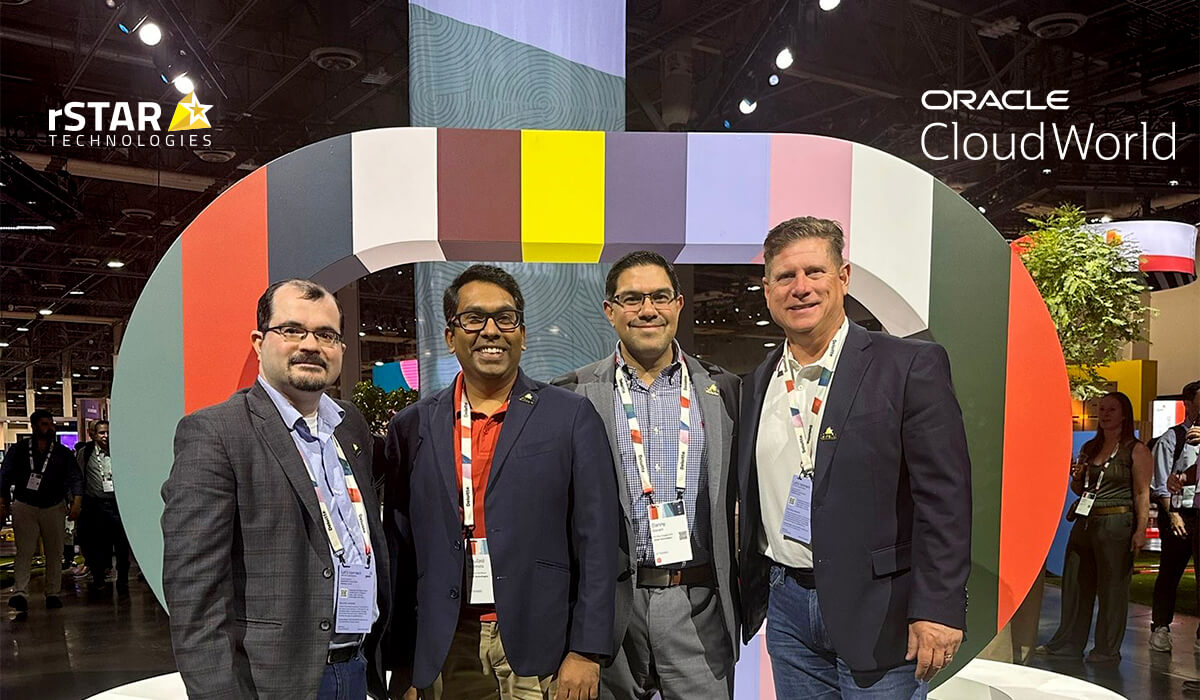Manufacturers look to innovative strategies to differentiate themselves and remain relevant. One such strategy that has gained popularity in recent years is servitization. This concept represents a paradigm shift in the marketplace, where companies transition from merely selling products to providing exhaustive solutions that reflect both products and services.
Table of Contents
Experts contend this is the future of manufacturing. Salesforce’s “Trends in Manufacturing” report suggests that it’s not a fleeting trend but one that’s only going to become more impactful. The pandemic escalated change and many manufacturers are continuing on the path of optimization. Organizations that adapt servitization will leave those in the cold. The stakes are night, when you consider the fact that manufacturing makes up the largest economic employer in 500 counties across the United States, per a guest on an April 2022 McKinsey & Company podcast.
“Nearly 10 times as many in this group are expanding their servitization efforts compared to Unprepared manufacturers,” the report states. “Overall, 86% of Future- Ready manufacturers currently provide servitization options. These new business models, coupled with their progress migrating service systems to the cloud, have positioned Future-Ready manufacturers ahead of their peers.”
Ready or not, servitization is disrupting supply chains and introducing a partnership model with customers that’s a catalyst for change. Here, we explore the ideas behind servitization and how it can have a positive impact on manufacturing operations.
What Is Servitization?
Servitization means a move from product-centric offerings to delivering value through a combination of products and services. Put another way, it’s a commitment to expanding customer offerings beyond the physical product itself and integrating services at various customer touchpoints. The goal is to provide a solution that not only meets the short-term needs of customers but also helps them meet big-picture goals. By way of servitization, manufacturers can create deeper customer relationships, enhance customer experiences, and enjoy sustainable revenue.
Key Elements of Servitization
That said, here’s a look at the key elements of servitization and explore how they can transform processes and the bottom line.
Strategic Offering Design
This strategic design calls for understanding customer needs and preferences, identifying services that bolster the core product, and creating a value proposition that resonates with customers. With such a robust package, companies can cater to a broader range of customer requirements and gain an edge.
Customer-Centric Value Creation
Servitization doesn’t occur in a vacuum — it calls for adopting a model of co-creation of value with customers. That means interacting with customers throughout the entire value chain and garnering feedback. This is an effective means to glean valuable insights, solidify customer relationships, and introduce customization to the mix. This breeds customer loyalty, satisfaction, and retention. All of this can save costs because customer attraction is an expensive endeavor.
Technology and Data Integration
Technological advancements and data integration are the mechanisms behind servitization. Tools like the Internet of Things (IoT), artificial intelligence (AI), and data analytics have changed the game in recent years. Business leaders can have proactive monitoring, predictive maintenance, and data-driven decision-making at their fingertips. Such facets can lead to better customer experiences and more desirable financial outcomes.
A Real-World Application
Several notable examples demonstrate how servitization can deliver results in many industries. For instance, Phillips found a way to rise to the challenge and come out ahead through servitization. Schiphol Airport in Amsterdam, a leader in sustainability, needed new lighting.
The answer was “light as a service” from Philips. In simple terms, Schiphol pays for the light it uses, while Philips remains the owner of all fixtures and installations. It was a compelling argument that yielded results. The airport did not need to buy the light globes up front but immediately gained a 50% saving in electricity usage. Phillips uses IoT to monitor the lights and follow up on any maintenance needs.
What’s Next
It’s clear that the as-a-service business model is here to stay and can drive across-the-board gains for today’s businesses. Servitization, specifically, has great potential in its applications. As innovations come to market, businesses will harness the power of usage data, artificial intelligence, and machine learning to offer highly personalized services, predictive maintenance, proactive support, and more dynamic products. Collaboration within ecosystems will be mission-critical, leading to strategic partnerships that yield comprehensive solutions. This growth mindset will enable business leaders to tap into expertise from diverse domains, broaden their service portfolios, and innovate to create products that solve the problems of the future.
Moreover, servitization aligns with sustainability objectives and circular economy principles. Companies that deliver services that prolong product lifespans, advocate for reuse and recycling, and minimize waste are part of the solution. As global energy consumption rises with the population increase, systemic efficiency can change the course. A report from the International Energy Agency shows that end-use energy efficiency alone could deliver 35% of the cumulative CO2 savings through 2050 required to meet the climate goals of the Paris Agreement.
Servitization also supports innovation. Adopting a pay-per-use model incentivizes service providers to explore creative methods to enhance efficiency, optimize equipment utilization, and reuse parts when possible. This is in the best interest of individuals, businesses, and the environment. Such actions can include re-tooling preventative maintenance practices, reimagining system designs, integrating IoT and AI technologies, and adopting a systemic approach to customer service.
The Value of Servitization
Servitization represents a significant shift in the ecosystem. Companies must rely on more than product-centric approaches to work in the long term. Instead, servitization challenges them to deliver comprehensive solutions that combine products and services.
The marriage of technology and data empowers manufacturing leaders to strategically design offerings that meet real-time problems. To that end, manufacturers need a holistic view of back and front-office interactions and data to boost operation efficiency, deliver an exceptional customer experience, and increase their bottom line.
A well-implemented customer relationship management tool and enterprise resource management platform integration make this possible.
rSTAR understands the challenges manufacturers face in making the shift to servitization and brings the experience and expertise needed to leverage results. To that end, rSTAR enables companies to innovate and add value through AI using machine learning, IoT and systems automation. The result is an enhanced customer experience and profitability. To learn more email us at info@rstartec.com or give us a call at +1 630.225.1009






